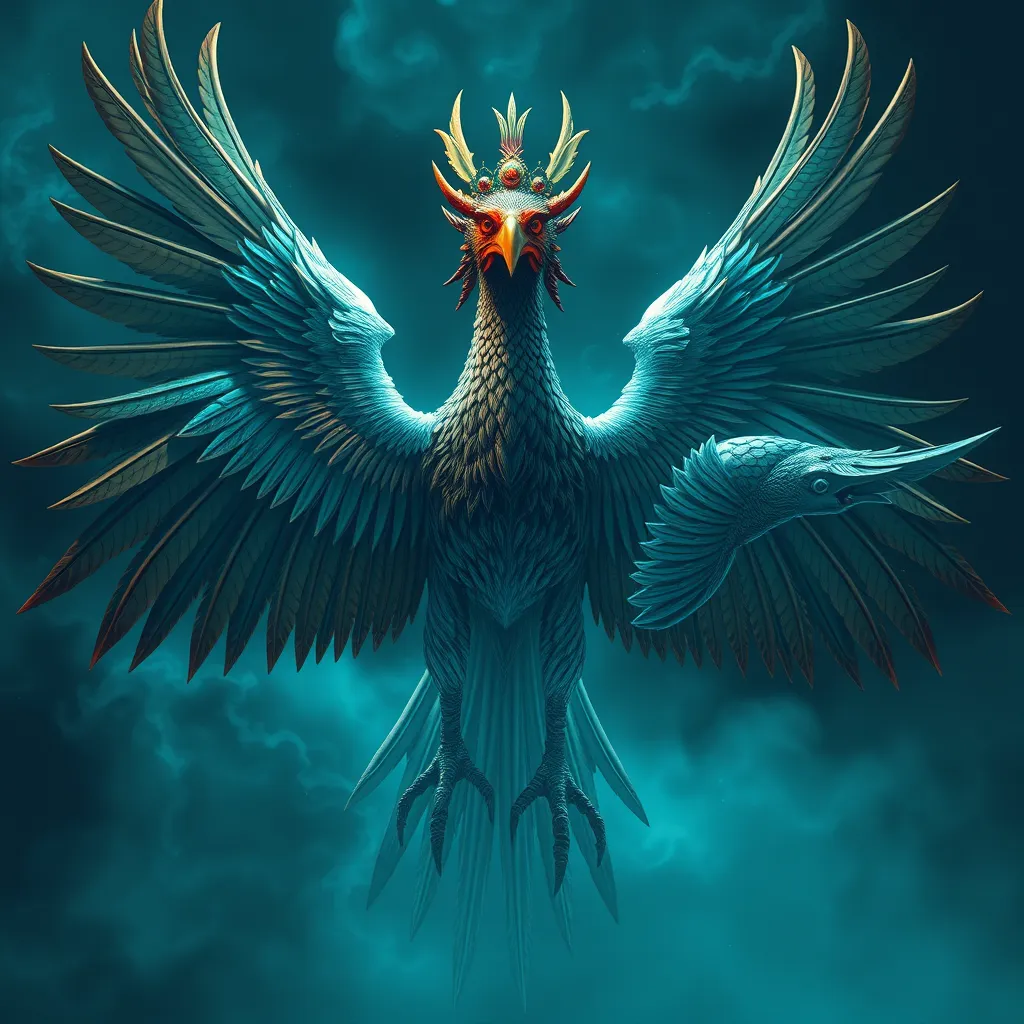Lamia in Mesopotamian Myth: Tracing the Serpent Woman’s Roots to Ancient Civilizations
I. Introduction
Lamia, a figure steeped in myth and mystery, has intrigued scholars and enthusiasts of mythology for centuries. Often depicted as a serpent woman, Lamia’s story traverses various cultures, revealing her multifaceted nature. The exploration of Lamia’s character provides insights into the complex tapestry of ancient beliefs, particularly within Mesopotamian mythology, where her origins are deeply rooted.
This article aims to delve into the significance of Mesopotamian myth in understanding Lamia, tracing her evolution from ancient civilizations to contemporary interpretations. By examining her origins, characteristics, and influence, we can better appreciate the lasting impact of this enigmatic figure.
II. The Concept of the Serpent in Mesopotamian Mythology
In ancient cultures, serpents held profound symbolism, often representing dualities such as life and death, creation and destruction. In Mesopotamian mythology, the serpent emerges as a powerful symbol, embodying both fertility and chaos.
- Symbolism of Snakes: Snakes were revered as protectors and harbingers of wisdom, yet feared as agents of destruction.
- Serpentine Deities: Figures like Tiamat, the primordial goddess of the salt sea, showcase the serpent’s role as a creator and destroyer.
- Duality of the Serpent: This dual nature reflects the complexities of existence, where creation often births chaos and vice versa.
III. Lamia: The Serpent Woman in Ancient Literature
In Mesopotamian tales, Lamia’s descriptions vary, yet several characteristics remain consistent. She is often portrayed as a beautiful woman with serpentine features, embodying both allure and danger.
- Characteristics of Lamia: Lamia is depicted with a seductive charm, which conceals her predatory nature.
- Comparison with Other Serpent Figures: Similar to Tiamat and Lilith, Lamia represents the dark aspects of femininity, challenging societal norms.
- Role in Mythological Narratives: Lamia often appears in tales involving themes of jealousy, vengeance, and the protection of children, reinforcing her complex nature.
IV. Historical Context: Mesopotamia and its Civilizations
To understand Lamia’s roots, it is essential to consider the broader context of Mesopotamian civilizations, including Sumer, Akkad, Babylon, and Assyria. These cultures significantly shaped the mythological landscape.
- Overview of Civilizations: Each civilization contributed to the evolution of myths, with Sumer’s stories laying foundational concepts that later cultures expanded upon.
- Cultural Significance of Female Figures: Women in Mesopotamian societies were often associated with fertility and motherhood, yet figures like Lamia represented the fears and dangers associated with female power.
- Intersection of Myth and Daily Life: Myths served not only as entertainment but also as reflections of societal values, fears, and aspirations.
V. Lamia’s Transformation: From Mesopotamia to Greco-Roman Mythology
The narrative of Lamia experienced significant transformation as it migrated into Greek mythology. This transition illustrates how cultural exchanges can alter mythological figures.
- Migration of Lamia’s Story: As Lamia’s tale spread, she evolved from a Mesopotamian serpent woman to a figure of Greek lore, often depicted as a child-stealer.
- Changes in Portrayal: In Greek mythology, Lamia’s beauty became a curse, leading to her association with monstrous traits and tragic outcomes.
- Influence of Mesopotamian Mythology: Despite the changes, the core elements of Lamia’s character can still be traced back to her Mesopotamian origins.
VI. Thematic Analysis: Gender, Power, and Fear in Lamia’s Myth
Lamia’s story offers rich themes for analysis, particularly regarding gender dynamics and societal fears surrounding female power.
- Representation of Female Power: Lamia embodies the complexities of female power, often feared and demonized in patriarchal societies.
- Implications of Serpent Form: Her serpentine form symbolizes danger and seduction, challenging conventional notions of femininity.
- Myth and Societal Views: The narrative of Lamia reflects societal anxieties regarding women, motherhood, and the monstrous feminine.
VII. Lamia in Modern Culture: Reinterpretations and Legacy
In contemporary culture, Lamia’s legacy continues to resonate, influencing literature, film, and art. Modern interpretations often reframe her story, highlighting themes of resilience and transformation.
- Influence on Literature and Media: Writers and filmmakers draw upon Lamia’s myth to explore themes of femininity, power, and identity.
- Resurgence of Interest: There is a growing fascination with ancient myths, leading to a revival of mythological figures in storytelling.
- Lamia as a Symbol: Today, Lamia represents the struggle for agency and the complexities of female identity in a modern context.
VIII. Conclusion
In conclusion, Lamia’s significance in Mesopotamian mythology and her evolution into later traditions highlight the enduring nature of mythological figures. Her character serves as a lens through which we can examine ancient perceptions of gender, power, and societal fears.
Reflecting on Lamia’s legacy reveals the importance of studying ancient myths, as they continue to shape contemporary narratives and cultural identities. The serpent woman remains a symbol of resilience and transformation, ensuring her place in the pantheon of mythological figures.




